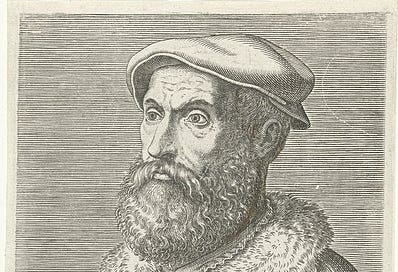Please note that the following snapshot includes vivid descriptions of injuries sustained in war.
The first couple of decades of the 16th century found what is today Northern Italy amidst many conflicts, its cities scorched by power struggles that seemed as endless as they were capricious. By 1512, the tide of war had turned toward Brescia, a prosperous town nestled at the foot of the Alps in the Lombardy region. The city was a hub for trade, positioned along key routes that connected Venice to other parts of Northern Italy and beyond. It was also home to a thriving textile industry.
At that time, Brescia was under French control, which had shown its leadership to be exploitative and harsh. High taxes and political instability were the norm. But Brescia needed support. It was a target for its prosperity. City leaders sought a more favorable ally, turning to the Republic of Venice, which was powerful and had a stable government. An alliance with Venice would provide Brescia with protection and more economic opportunity.
This decision did not sit well with King Louis XII of France. He saw Brescia's shift toward Venice as a betrayal. Determined to reassert control, he sent his army to retake the city.
12,000 French soldiers attacked on a day of a torrential downpour. They quickly took back the city. Then, they viciously attacked the people living there. Numbers vary, but at least thousands were brutally killed.
Among those caught in the chaos was young Niccolò Fontana. Just around twelve years old, he was attacked by a soldier who swung at the young boy's face and neck with a sword. Niccolò was struck five times and left to die. Yet, somehow, he survived. Perhaps the story is a myth or family lore, but people said the loving care of his mother kept him alive. Unable to pay for his treatment, she observed how animals, dogs, in particular, treated their injuries. Following the examples, she diligently cleaned her son's wounds. Maybe even more so than doctors would have.
But the wounds were severe. The attack disfigured Niccolò's face and left him with a lifelong speech impediment. People began calling him "Tartaglia," meaning "stammerer," as a result.
Keep reading with a 7-day free trial
Subscribe to Historical Snapshots to keep reading this post and get 7 days of free access to the full post archives.




